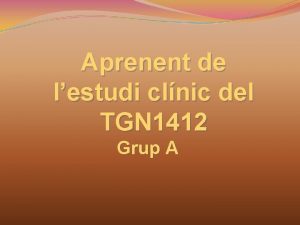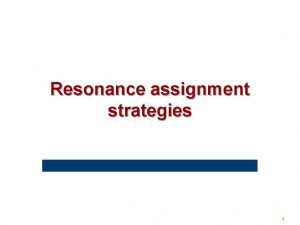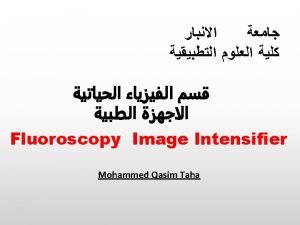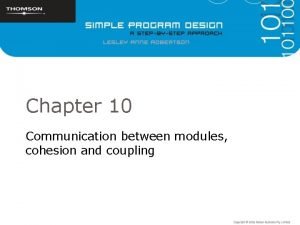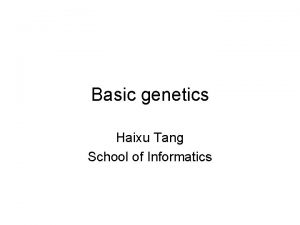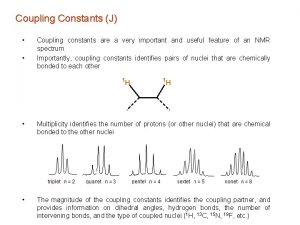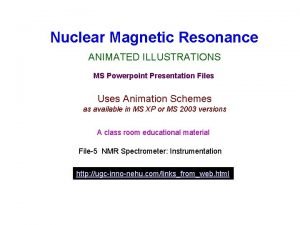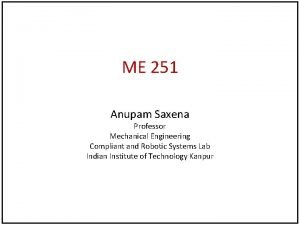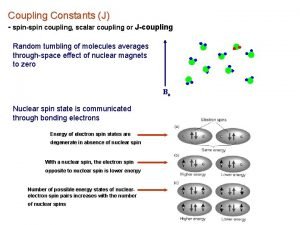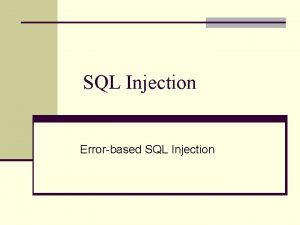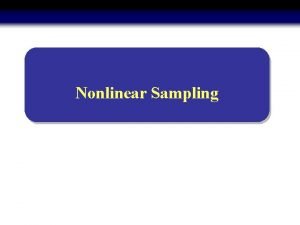Nonlinear coupling measurements at Injection MD 1412 T








- Slides: 8

Non-linear coupling measurements at Injection (MD 1412) T. Persson, F. Calier, M. Gasior, E. H. Maclean, J. Olexa, R. Tomas, D. Valuch, D. Wierichs and the rest of the OMC-team

ADT as AC-dipole • A first test using the ADT as AC-dipole • Excited the beam for 100 000 turns • Observed a blow up for the first two exctations • Moved further away from the natural tune and it dissaperared • Managed to measure both the coupling and optics using the normal BPMs and the DOROS system ith ADT as AC-dipole

Observations in 2012 (Amplitude dependent closest tune approach) Looked like an amplitude dependent closest tune approach

Simulations Only octupoles Octupoles and coupling MOF opposite polarity compared to MOD -> h 1111 ~= 0 Modifies the landau damping Simulations and theory published in prab

Proccedure 1. Adjust the coupling to ~0. 015 2. Change the polarity and strength of the MOF and MOD to -5 m-4 3. Kick with the MKA 4. Change the polarity of the MOF to +5 m-4 5. Adjust the tunes to 0. 29, 0. 31 and repeat 2 and 3 6. Go back to injection tunes and excite with the ACdipole 7. Measuring the delta Qmin through pushing the tunes close togheter.

Results from kicking with the MKA Demonstrating the suppression of the amp dep. Dqmin in case of opposite polarity!

Ac-dipole kicks Very exciting preliminary observation where AC dipole forced oscillations are not sensitive to amp dependent. Delta Q min. Interesting to see if we can reproduce this in simulations!

Conclusion and Outlook • Successful MD: –Validated the amplitude dependent closest tune approach –Demonstrated the possibility to mitigate it through changing the polarity of the MOF –AC-dipole data is still to be understood • First test of the ADT as a AC-dipole. • Possible to excite a single bunch in a train • Could enable new MDs • Use to excite the beam after a techinical stop to validate things as coupling and optics throughout the cycle?
